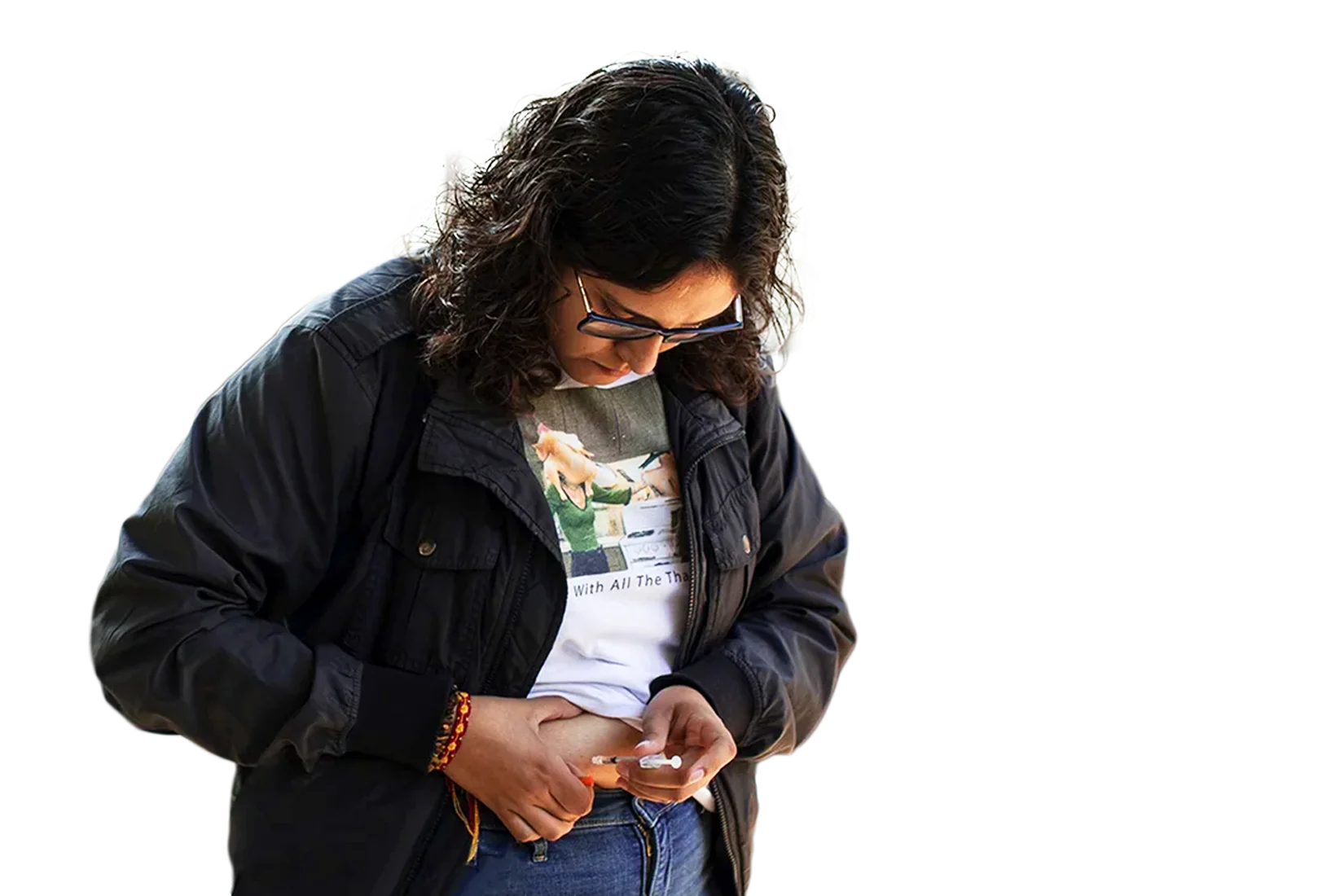While type 1, type 2 and gestational diabetes are the most common forms of diabetes diagnosis, other types of diabetes are just as important. About 1.5-2% of people live with rare forms of diabetes, which can be grouped into nine categories.
Although less common, these types of diabetes still pose a significant health threat. By understanding them, we can better support those affected by this condition.
Other types of diabetes
It is important to note that these categories may not be comprehensive or universally recognised, and there may be overlaps or variations in how different experts classify diabetes.
- Alström Syndrome is an incurable rare genetic disorder that can cause type 2 diabetes.
- Diabetes insipidus occurs when the kidneys cannot retain water. It results in extreme thirst and frequent urination but does not affect blood glucose levels.
- LADA (Latent Autoimmune Diabetes in Adults) is a form of type 1 diabetes that develops in adulthood and progresses at a slower pace than type 1 diabetes.
- MODY (Maturity-Onset Diabetes of the Young) is a rare genetic form of diabetes that usually develops before age 25 as a result of gene mutations.
- Neonatal diabetes occurs within the first six months of life. It is similar to type 1 diabetes in children older than six months.
- Secondary diabetes develops due to other medical conditions or medications, such as cystic fibrosis, pancreatitis or corticosteroid use.
- Steroid-induced diabetes can develop in some people who take steroids and is more common in people at higher risk of type 2 diabetes.
- Type 3c diabetes describes a possible link between Alzheimer’s disease and insulin resistance, suggesting that Alzheimer’s could be a form of diabetes. However, this form of diabetes does not have official recognition.
- Wolfram Syndrome is an incurable rare genetic disorder that causes diabetes mellitus, diabetes insipidus, optic atrophy and deafness. Another name for this disorder is DIDMOAD.



